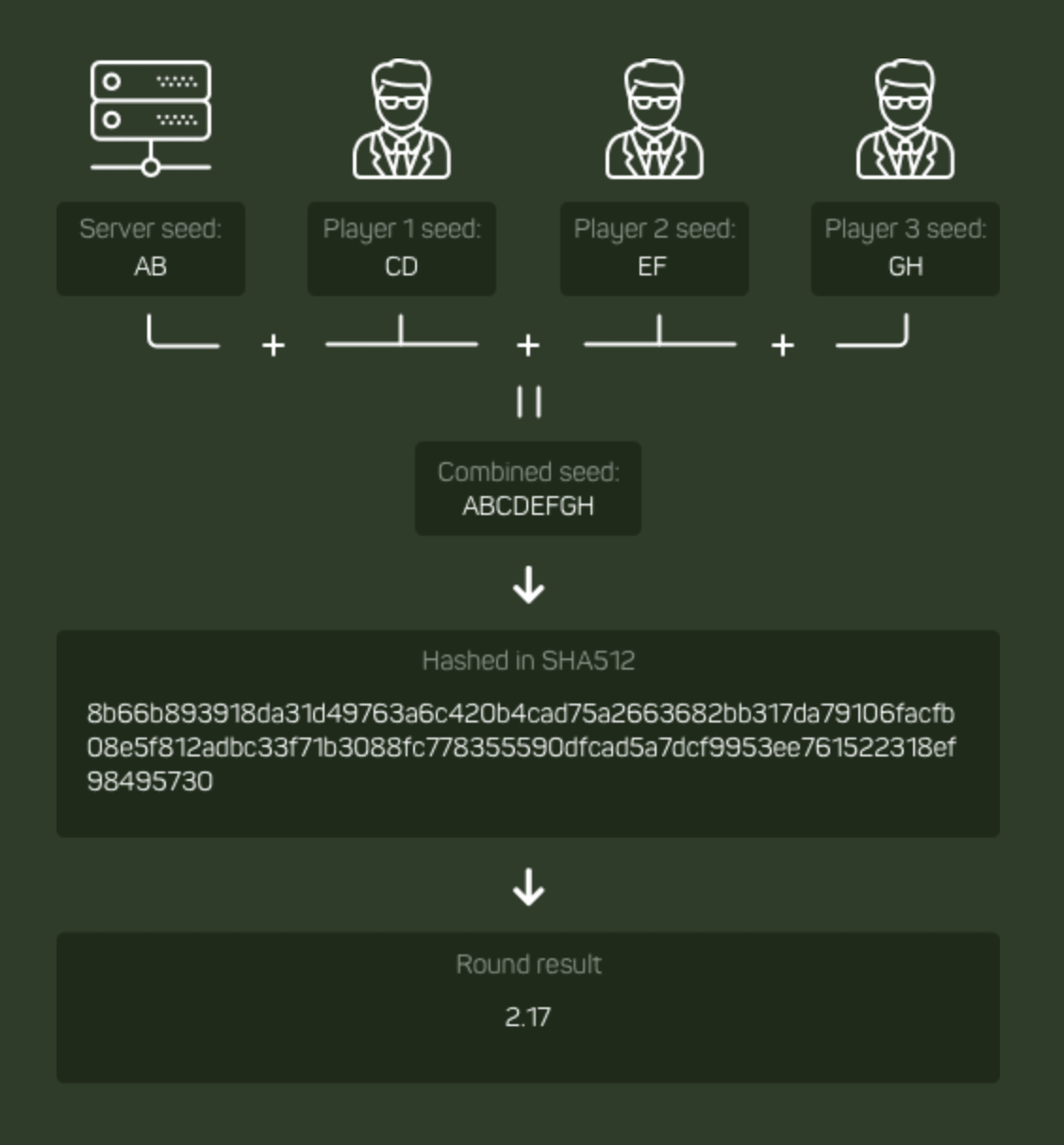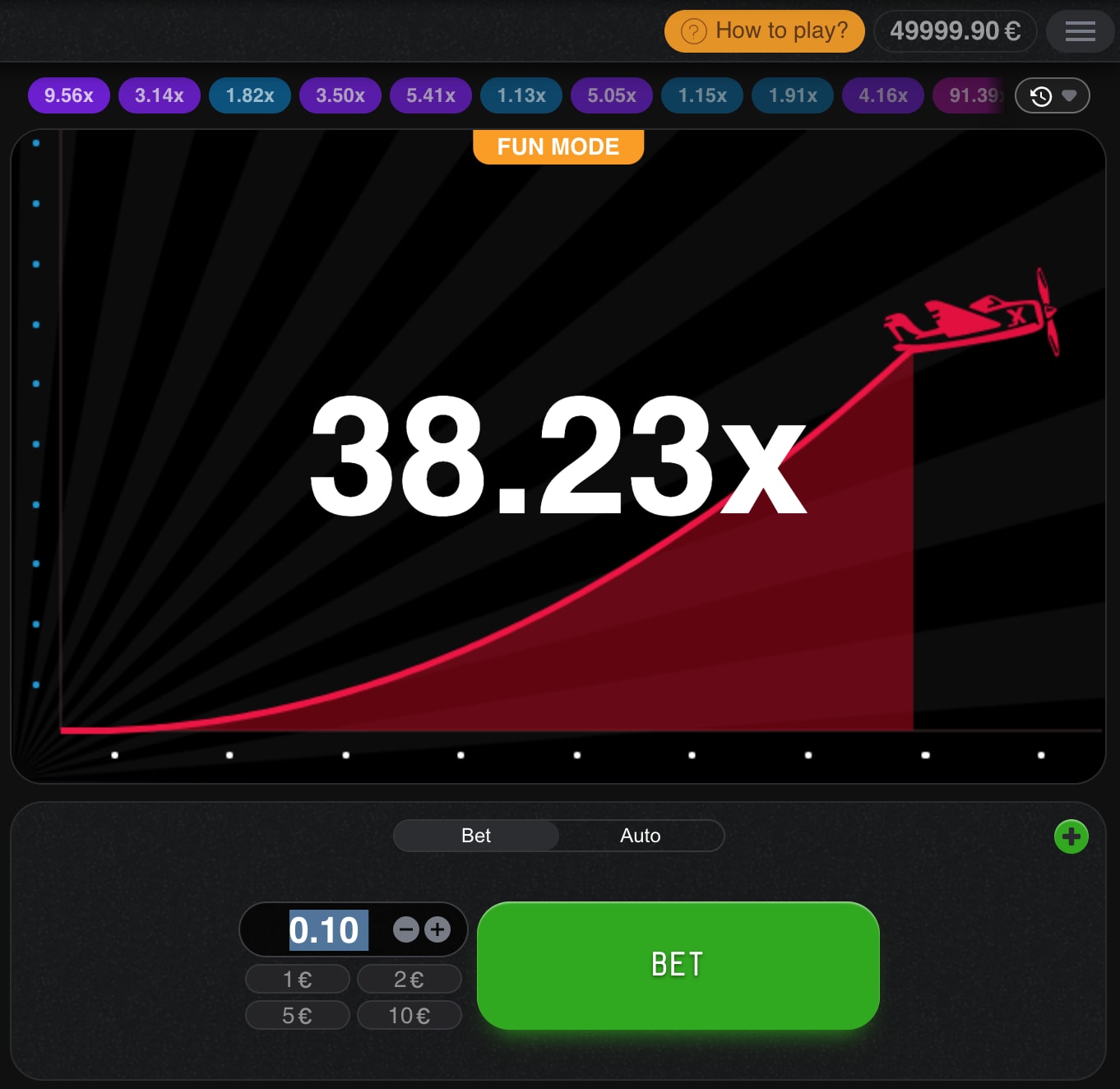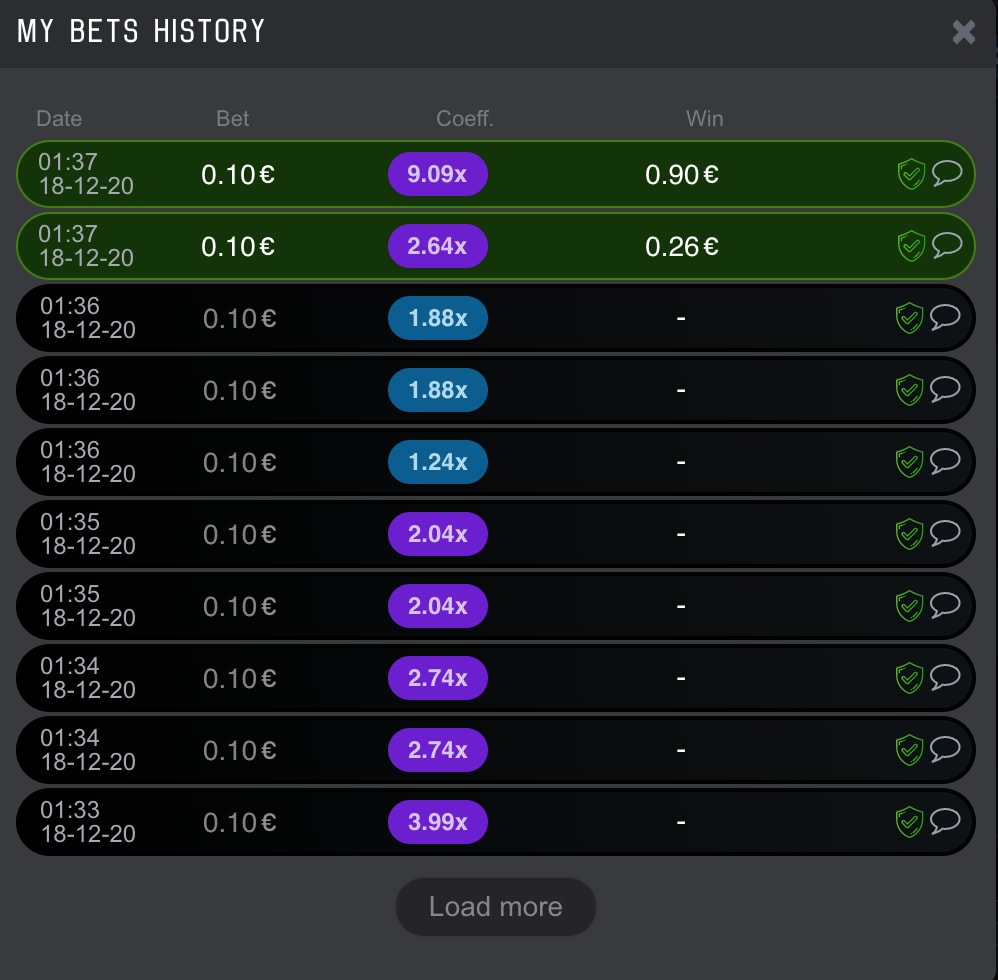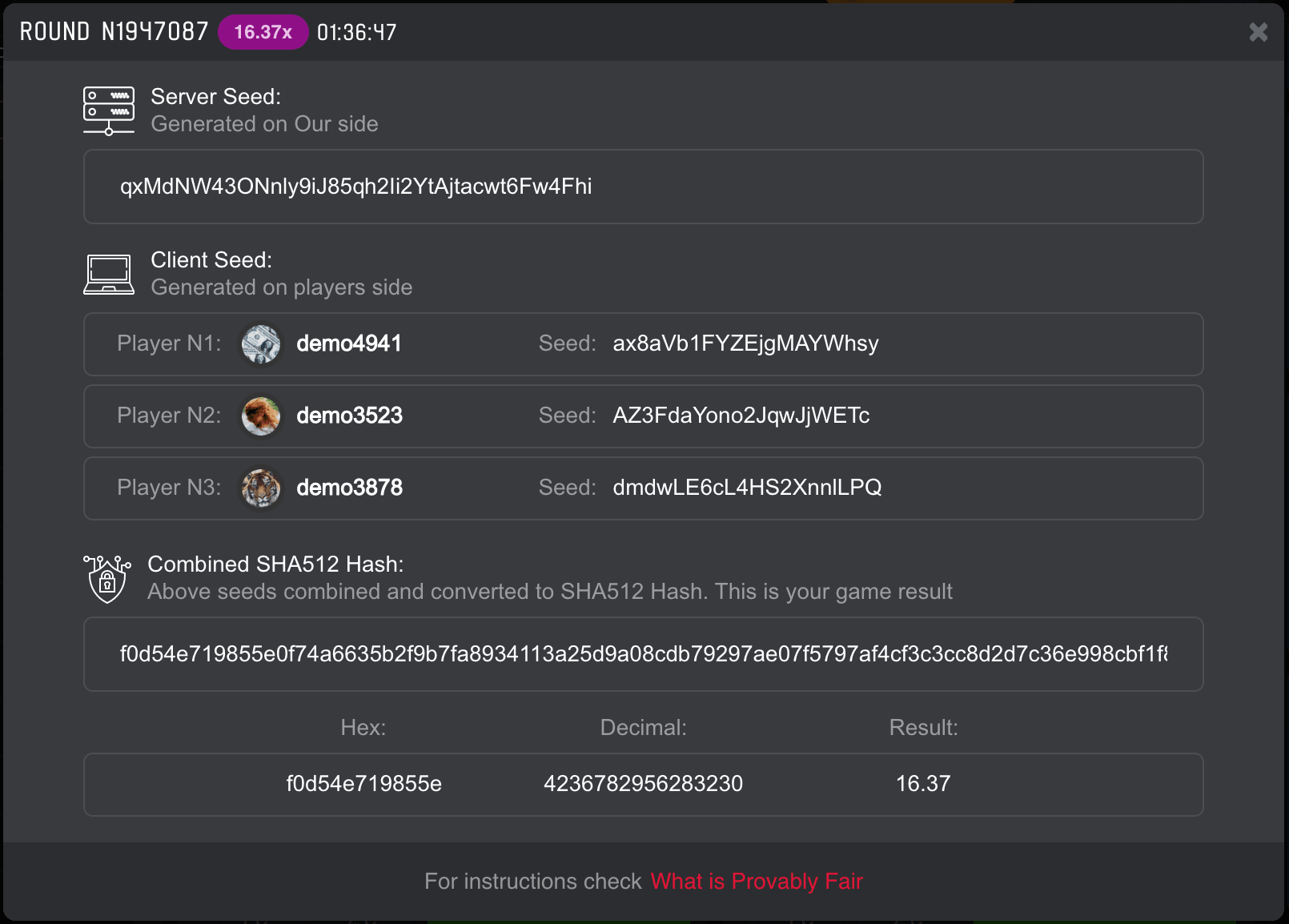Updated 28th October 2021
Contents
Welcome to Cloudbet’s Provably Fair Crypto Arcade
The suite of crypto games in Cloudbet’s new arcade are all Provably Fair – which is a USP that has long held favour with the earliest members of the crypto community.
Why would that be, you ask?
Well, first off they’re insanely enjoyable to play, and this writer isn’t afraid to admit he lost way too many hours to the provably fair HiLo game, not to mention Aviator, before Cloudbet went live with the Arcade.
But second – and let’s face it, far more importantly – these games were a way to prove the power of the blockchain, and give gamers a very real sense that the benefits that the blockchain could deliver to the everyman were real.
And that can’t really be underestimated.
Think of it as an early use case that embodies all the philosophical reasons behind the idea of bitcoin – think decentralisation, think power to the people, think democratising money, think a financial platform that could underpin anarchy… think what you will.
But mainly, think transparency.
Trust through transparency
So how do provably fair games do all that?
To answer this it might be easier to start with explaining how other games generate their results – which is actually a pretty straightforward answer.
Remember we mentioned trust? Well, in other games where the result is based on a random number generator (RNG), the player simply has to trust that the operator is acting in a trustworthy manner. The RNGs do their thing and the player either wins or loses.
In contrast, provably fair games use cryptographic technology to ensure that the outcome of any game can be proven to be fair and unmanipulated. The blockchain provides a means by which users can check results and be certain that the random numbers generated in the game haven’t been interfered with by any third party, or indeed by game operators themselves.
How does provably fair in gambling work?
It’s time to get a little technical. In a provably fair game, the result is not generated by just one party – typically the servers of the game operator – but a number of different participants, and all inputs are combined, hashed and shared.
It’s easiest explained by example, so let’s use the Aviator game in the Cloudbet Crypto Arcade to illustrate.
In Aviator, you place your bets and simply aim to withdraw your funds before the plane “flies away” once it’s hit a certain randomly generated number (the multiplier). Your winnings are a coefficient of that multiplier.
Before each round, a provably fair algorithm generates what is known as a “server seed” of a random 16 symbols. This is then encrypted, or hashed, and the hashed server seed (SHA256) is made publicly available before each round starts. We’ll come back to this later when we explain how to check that the result of your game was indeed provably fair.
On the other side, we have “client seeds”, which are generated by players’ browsers. In the case of Aviator, the game uses three client seeds generated by the first three players in that round to place a bet.
In other words, the first three players in a round to place a bet are also directly responsible, in part, for the result of the game. It’s important to note that clients can change their client seeds, and it’s sometimes recommended that you do.
When the game starts, the server seed is combined with the client seeds to produce an SHA512 hash, from which the game result is generated.
How a provably fair game result is generated

Is provably fair legit? Checking results
All the provably fair crypto games in the Crypto Arcade allow you to check the results easily after a round via your Game Settings.
1. In the top right corner, click the three-lined menu option.

2. From the dropdown menu, select My Bet History.

3. From your bet history, click the green Provably fair icon on the right.

4. This opens up a detailed screen like the one below which shows you, as described above, the server seed, the three player seeds and the combined SHA512 hash.

5. The correctness of the hash can then be checked using any number of online provably fair calculators such as this one.
An operator won’t share the unhashed server seed as that would open the game up to manipulation, and defeat the purpose of the exercise. However, once the game is over, players are able to check first that the hashed server seed was actually the one used in the game, and secondly, that once unhashed, the data shows that the game was fair.
This same seeding and hashing process underpins all the other crypto games in the Arcade, the only potential variation being the number of client seeds used.
And there you have it – provably fair explained and illustrated.
Armed with this knowledge, come check out the Provably Fair arcade for a new and highly entertaining addition to the Cloudbet offering. There are eight new games to try – we’ve posted an overview of them here – and you can play for free to find your favourites before diving in and playing with real money.
What’s more, the stakes range from as little as EUR0.10 to EUR250, so you can play at whatever level of exposure you feel most comfortable with.




